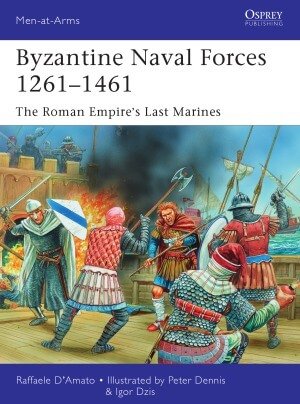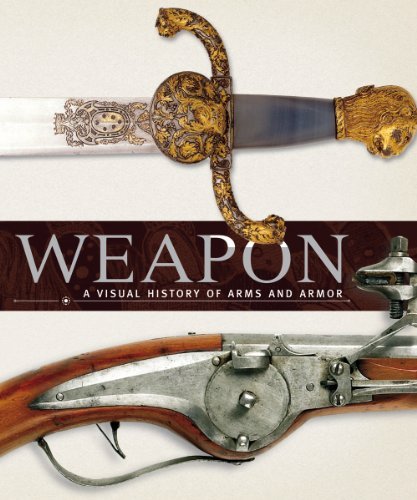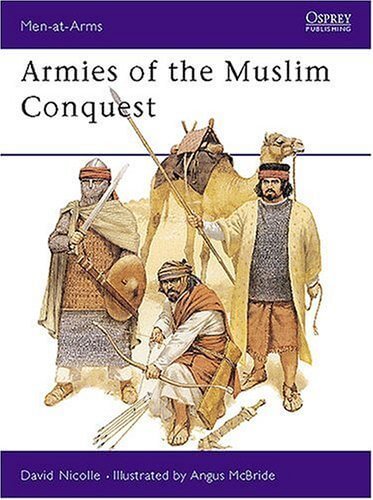“Byzantine Naval Forces 1261–1461: The Roman Empire’s Last Marines”
By Raffaele D’Amato, Igor Dzis & Peter Dennis (Illustrators)
Osprey Publishing (New Vanguard Series)
Rating: 5.0/5.0
Overview
Authored by historian Raffaele D’Amato and illustrated by Peter Dennis, this volume from Osprey’s New Vanguard series chronicles the twilight of Byzantine naval power under the Palaiologos dynasty (1261–1461). After Emperor Michael VIII Palaiologos recaptured Constantinople from the Latins in 1261, he sought to revive Byzantine maritime dominance by creating a professional Imperial Fleet and elite marine regiments. These forces became the last guardians of Roman naval tradition, fighting fiercely against Genoese, Venetian, and Ottoman rivals until the empire’s final collapse. Blending literary sources, illuminated manuscripts, frescoes, and archaeological finds, this book offers a visually rich, academically rigorous study of Byzantium’s final naval resurgence and its tragic demise.
Key Features
- The Palaiologan Naval Revival
- Michael VIII’s Ambitions: After reclaiming Constantinople, Michael VIII rebuilt the navy to secure trade routes (e.g., Black Sea grain) and counter Latin Crusader states. The fleet grew to 80–100 ships by the 1270s, including dromons (warships) and ousiakoi (fast galleys).
- Marine Regiments: Elite Tzakones (Peloponnesian marines) and Gasmouloi (mixed Greek-Latin troops) formed the core of boarding parties. They wore lamellar armor and wielded rhomphaia (curved swords) and menavlion (long spears).
- Campaigns & Tactics
- Victories: The navy crushed Genoese forces at Settepozzi (1263) and Venetian fleets off Negroponte (1273), using Greek fire (incendiary liquid) and ramming tactics.
- Defensive Decline: By the 14th century, Ottoman expansion and civil wars weakened the fleet. The Battle of the Bosporus (1410) saw Byzantium’s last major naval engagement, where marines repelled Ottoman raiders with fire pots and crossbows.
- Organization & Legacy
- Ship Classes:
- Dromon: 25–50 oars, 100 crew, equipped with siphons for Greek fire.
- Katergon: Cargo ships adapted for troop transport.
- Marine Gear:
- Armor: Hybrid klivanion (lamellar) and kabadion (quilted jackets).
- Weapons: Kontarion boarding pikes, paramerion sabers, and toxotai archers with composite bows.
- Ship Classes:
- Cultural & Artistic Insights
- Visual Sources: Peter Dennis’s illustrations draw from Trebizond frescoes, Catalan manuscripts, and the Hagia Sophia mosaics, reconstructing marines in red tunics with golden Chi-Rho emblems.
- Archaeology: References to shipwrecks like the Marmaray galley (14th century) and Serçe Limanı artifacts reveal Byzantine-Ottoman naval hybridity.
Translation with Contextual Additions
(Original Text Enhanced for Global Audiences)
Title: Byzantine Naval Forces 1261–1461: The Roman Empire’s Last Marines
Authors: Raffaele D’Amato (text), Igor Dzis (research), Peter Dennis (illustrations)
Pages: 48
Illustrations: 30+ black-and-white photos, 8 color plates, 3D ship diagrams
Format: Paperback
Price: USD 19.00
Full Description:
This book redefines the late Byzantine marines as more than a footnote to history. D’Amato reveals their role in key battles like the Siege of Constantinople (1453), where marines hurled Greek fire from the Golden Horn’s chain barrier. Dennis’s plates—based on Palaiologan-era manuscripts and Mistra frescoes—depict a 14th-century Tzakones marine (Plate C1) in lamellar armor and a 15th-century Gasmoulos (Plate B3) wielding a menavlion spear.
Key Enhancements for Clarity:
- Geopolitical Context: Explains how Genoese alliances (e.g., Galata colony) both sustained and undermined Byzantine naval power.
- Ethical Debates: Challenges the myth of Byzantine “decline” by highlighting innovations like modular shipbuilding and marine specialization.
- Legacy: Traces the marines’ influence on Ottoman kapudan pashas (admirals) and Venetian Schiavoni mercenaries.
Why Western Readers Should Care:
- Complements Osprey’s Byzantine Armies series but focuses on overlooked naval dimensions.
- Bridges academic studies (e.g., Byzantium and the Sea by John Pryor) with visual storytelling, ideal for understanding Mediterranean medieval warfare.
Visual & Academic Enhancements
- Peter Dennis’s Artistry: Includes a 3D cutaway of a dromon (Plate D2) showing Greek fire siphons and marine boarding positions.
- Archaeological Fidelity: Drawings reference the Theodosian Harbor excavations (Istanbul) and Monemvasia ship graffiti.







评价
目前还没有评价